Apostrophe In Email Address
In today’s digital era, email has become an essential means of communication. Whether it’s for personal or professional use, having an email address is a must. When creating an email address, it is important to follow certain rules and guidelines to ensure its validity. One such rule involves the placement of apostrophes in email addresses. In this article, we will explore the correct placement of apostrophes in email addresses, why it is important, common errors to avoid, and provide some examples and tips for creating email addresses with apostrophes.
1. Basic Rules for Email Address Syntax
Before diving into the placement of apostrophes, let’s first understand the basic rules for email address syntax. An email address consists of two main parts: the local-part and the domain-part. The local-part is the part before the ‘@’ symbol, while the domain-part is the part after the ‘@’ symbol.
The local-part can contain alphanumeric characters (a-z, A-Z, 0-9), underscores (_), periods (.), and hyphens (-). It usually represents the username or the name of the recipient. The domain-part represents the domain name, such as gmail.com or yahoo.com. It can consist of alphanumeric characters and periods.
2. Correct Placement of Apostrophe in Email Address
Now that we understand the basic syntax of an email address, let’s focus on the correct placement of apostrophes. Apostrophes are punctuation marks used to indicate possession or contraction in English. In an email address, an apostrophe can be used in the local-part, but it is rarely used in the domain-part.
The placement of the apostrophe in the local-part can vary depending on the specific name or word you want to represent. It is usually placed before the ‘s’ to indicate possession, such as john’[email protected] or sarah’[email protected]. However, it is important to note that special characters, including apostrophes, are not always allowed by all email service providers.
3. Importance of Proper Apostrophe Placement
Proper placement of apostrophes in email addresses is important for several reasons. Firstly, it ensures the validity and correctness of the email address. Using incorrect placement of apostrophes or other special characters may result in an invalid email address, which means you won’t be able to send or receive emails successfully.
Secondly, it enhances the readability and understanding of the email address. By using apostrophes in the appropriate places, it becomes clearer to the recipient that the email address represents a possessive form or contraction.
Lastly, following proper apostrophe placement helps maintain consistency and conformity in email address standards. By adhering to the accepted rules and guidelines, it becomes easier to communicate and share email addresses without confusion or errors.
4. Common Errors and Pitfalls to Avoid
While the correct placement of apostrophes is important, there are some common errors and pitfalls that one should avoid. Here are a few to keep in mind:
– Do not place an apostrophe before the ‘s’ in the domain-part. For example, john@gmail’s.com is incorrect.
– Avoid using apostrophes unnecessarily in email addresses. Use them only where they are required for possessive or contraction purposes.
– Ensure that the email service provider supports special characters, including apostrophes, before using them in your email address. Not all providers allow them.
5. Examples of Correct Apostrophe Usage in Email Addresses
To provide a clearer understanding, let’s look at some examples of correct apostrophe usage in email addresses:
– john’[email protected] – Represents the possessive form of John’s email.
– sarah’[email protected] – Represents the possessive form of Sarah’s address.
– tom’[email protected] – Represents the possessive form of Tom’s inbox.
6. Tips for Creating Email Addresses with Apostrophes
If you wish to create an email address with an apostrophe, here are some tips to keep in mind:
– Ensure that the email service provider you choose supports apostrophes or special characters in email addresses.
– Use apostrophes only when they are necessary to convey a possessive or contraction form.
– Double-check the placement of the apostrophe to avoid any errors or invalid email addresses.
– Consider using alternative punctuation marks or symbols if apostrophes are not allowed.
7. Conclusion
In conclusion, the correct placement of apostrophes in email addresses is crucial for validity, readability, and conformity purposes. Understanding the basic rules for email address syntax and following the guidelines for apostrophe usage will help you create and share email addresses effectively. By avoiding common errors and pitfalls, you can ensure the accuracy and correctness of your email addresses. So, next time you create an email address, pay attention to the placement of apostrophes and enjoy seamless communication in the digital world.
FAQs
Q: What characters are not allowed in an email address?
A: Some characters that are not allowed in an email address include spaces, commas, colons, semicolons, exclamation marks, and question marks.
Q: What are the parts of an email address?
A: An email address consists of two main parts: the local-part (before the ‘@’ symbol) and the domain-part (after the ‘@’ symbol).
Q: What does the apostrophe symbol represent in an email address?
A: The apostrophe symbol is used to indicate possession or contraction in an email address.
Q: What makes an email address valid?
A: A valid email address follows the correct syntax and guidelines for email address creation, including the correct placement of characters like the ‘@’ symbol and the proper use of special characters like the apostrophe.
Q: Are there any special characters allowed in email addresses for Gmail?
A: Yes, Gmail allows the use of certain special characters in email addresses, such as periods (.) and underscores (_), but it does not allow apostrophes or other special characters.
Q: What special characters are allowed in email addresses?
A: The special characters allowed in email addresses include periods (.), underscores (_), hyphens (-), and sometimes, other specific symbols such as the plus sign (+).
Q: What is the format of an email address?
A: The format of an email address consists of the local-part followed by the ‘@’ symbol and then the domain-part, like this: local-part@domain-part.
Q: What is RFC email validation for an apostrophe in email addresses?
A: RFC email validation refers to the rules and standards set by the Internet Engineering Task Force (IETF) for email address syntax. It provides guidelines for validating the format and characters used in email addresses, including the apostrophe.
Can Email Address Have Apostrophe?
Is Apostrophe Valid In An Email Address?
In the vast landscape of email communication, it is crucial to understand the rules and limitations surrounding the creation and usage of email addresses. One common question that arises is whether or not an apostrophe can be used in an email address. This article aims to shed light on this topic and provide a comprehensive understanding of the matter.
To explore the usage of an apostrophe in an email address, it is essential to first understand the general format of an email address. An email address typically consists of two main parts: the local-part and the domain name. The local-part is the portion of the address that comes before the “@” symbol, while the domain name is the part that follows the “@” symbol and designates the email provider or organization.
In theory, the use of an apostrophe is allowed in email addresses according to the official Internet standards laid out by the Internet Engineering Task Force (IETF). However, despite being technically valid, the practical implementation of email systems and the policies set by email service providers can often create restrictions regarding the usage of special characters, including the apostrophe.
While some email providers and systems do allow the use of an apostrophe in email addresses, many others do not. It is essential to check with your specific email service provider to determine their policy on this matter. In most cases, it is advisable to avoid using special characters, including the apostrophe, to ensure compatibility and avoid potential issues with email delivery.
Frequently Asked Questions (FAQs):
Q: Can I use an apostrophe in the local-part of an email address?
A: Technically, yes. According to the IETF standards, an apostrophe can be used in an email address. However, it is important to note that many email service providers do not support the use of special characters in email addresses, including the apostrophe.
Q: Why do some email providers restrict the use of special characters like the apostrophe?
A: Email providers often restrict the usage of special characters to ensure compatibility and avoid potential issues with email delivery. The handling and interpretation of special characters can vary between different email systems, leading to potential inconsistencies or errors in message delivery.
Q: Are there any email service providers that allow the use of an apostrophe in email addresses?
A: While some email service providers may permit the use of an apostrophe in email addresses, many popular providers do not support it. It is advisable to consult your specific email service provider’s guidelines or policies to determine whether or not apostrophes are allowed.
Q: Can I change my email address if it contains an apostrophe?
A: If you have an existing email address that contains an apostrophe and you find that it creates compatibility issues or is not supported by your email provider, you may need to consider changing your email address. Most email service providers allow users to create new email addresses easily, so you can select a more compatible option.
Q: What are the recommended characters to use in an email address?
A: To ensure compatibility and minimize potential issues, it is best to use only alphanumeric characters (letters and numbers) and periods, hyphens, or underscores in an email address. These characters are widely accepted and supported by most email service providers.
Q: How can I check if my email address contains an apostrophe?
A: To check if your email address contains an apostrophe, simply look at the local-part of your address, which appears before the “@” symbol. If you find an apostrophe in that section, then your email address does contain this special character.
In conclusion, while technically valid according to internet standards, the usage of an apostrophe in an email address can be restricted by various email service providers. It is recommended to consult the guidelines or policies of your specific email service provider to ensure compatibility and avoid issues with email delivery. To enhance compatibility and avoid potential problems, it is advisable to use only alphanumeric characters, periods, hyphens, or underscores in your email address.
Can You Use An Apostrophe In A Gmail Address?
When it comes to creating a Gmail address, many users wonder if they can include an apostrophe. While Gmail is a popular email service provider known for its user-friendly interface and extensive features, its address creation system does have certain limitations. In this article, we will explore whether or not you can use an apostrophe in a Gmail address and provide some helpful information on how to create a unique and easily accessible Gmail account.
Can you use an apostrophe in a Gmail address?
The short answer is no, you cannot use an apostrophe in a Gmail address. Gmail’s address creation system recognizes a limited set of characters, and apostrophes are not among them. If you try to include an apostrophe in your email address, Gmail will display an error message stating that the character is not allowed.
What characters are allowed in a Gmail address?
A Gmail address can contain letters from a to z (both uppercase and lowercase), numbers from 0 to 9, and periods (.) as separators. Gmail also allows the use of underscores (_) in email addresses. However, the underscore cannot be the first or last character, nor can it be consecutive (e.g., [email protected] is not allowed). It’s important to note that Gmail doesn’t differentiate between uppercase and lowercase letters in email addresses, so [email protected] and [email protected] are considered the same address.
Creating a unique and easily accessible Gmail account
While you may not be able to use an apostrophe in your Gmail address, there are still ways to create a unique and easily accessible email account. Here are a few tips to help you achieve that:
1. Use periods (.) for separation: Gmail allows the use of periods as separators in email addresses. For example, [email protected] and [email protected] refer to the same Gmail account. Utilizing periods can help you create a visually appealing email address while keeping it simple and memorable.
2. Include numbers: Adding numbers to your Gmail address can make it more unique. For example, [email protected] stands out from the regular [email protected]. Just make sure the numbers have a personal significance, so you can easily remember them.
3. Try alternative extensions: While Gmail primarily uses the .com extension, it allows users to create email addresses with domain extensions specific to their country or profession. For instance, you can create an email address like [email protected] or [email protected]. This can help you create a personalized email address that reflects your interests or occupation.
4. Use variations of your name: If your desired Gmail address is already taken, consider using variations of your name. For example, instead of [email protected], you can try [email protected] or [email protected]. By playing around with your name and adding additional characters, you can likely find a unique Gmail address that suits your needs.
FAQs:
Q: Why does Gmail not allow apostrophes in email addresses?
A: The reason behind not allowing apostrophes in Gmail addresses is primarily attributed to system limitations. Gmail uses a specific set of characters to ensure compatibility with other email systems and to prevent any potential technical issues.
Q: Can I change my Gmail address?
A: Unfortunately, Gmail does not provide a direct option to change your email address. However, you can create a new Gmail account with your desired address and forward all incoming emails from your old account to the new one.
Q: Are there any other email services that allow apostrophes in addresses?
A: Each email service has its own rules and limitations concerning the characters allowed in email addresses. While some may allow apostrophes, it is important to review the specific guidelines of the service you are interested in using.
In conclusion, Gmail does not allow the use of apostrophes in email addresses. However, you can still create a unique and easily accessible Gmail account by utilizing periods as separators, adding numbers to your address, trying alternative extensions, and using variations of your name. Be sure to keep in mind Gmail’s guidelines regarding allowed characters to avoid any issues when creating your email address.
Keywords searched by users: apostrophe in email address what characters are not allowed in email address, parts of email address, apostrophe symbol, valid email address, gmail special characters in email address, what special characters are allowed in email addresses, mail address format, rfc email validation
Categories: Top 26 Apostrophe In Email Address
See more here: nhanvietluanvan.com
What Characters Are Not Allowed In Email Address
In the digital era, email has become an essential mode of communication for individuals and businesses alike. Email addresses act as unique identifiers for users, facilitating seamless communication and the exchange of information worldwide. However, not all characters are allowed in email addresses, as email systems have specific rules and limitations. This article aims to delve into the details of what characters are not permitted in email addresses and provide a comprehensive understanding of the topic.
Email Address Structure:
To comprehend which characters are forbidden in email addresses, it is crucial to understand the basic structure of an email address. An email address consists of two main parts separated by the @ symbol – the local part and the domain part. The local part identifies the recipient’s mailbox, while the domain part specifies the mail server or provider.
Forbidden Characters in Local Part:
1. Spaces: The most fundamental restriction when creating an email address is the prohibition of spaces. Email addresses cannot include spaces or any leading or trailing spaces. Spaces are considered invalid characters and will cause errors or prevent successful email delivery.
2. Special Characters: Various special characters are not permitted in the local part of an email address. These include:
a. ! (exclamation mark)
b. # (hash)
c. $ (dollar sign)
d. % (percent)
e. & (ampersand)
f. ‘ (apostrophe)
g. * (asterisk)
h. + (plus sign)
i. / (forward slash)
j. = (equal sign)
k. ? (question mark)
l. ^ (caret)
m. ` (backtick/grave accent)
n. { (opening curly bracket/brace)
o. | (pipe/vertical bar)
p. } (closing curly bracket/brace)
q. ~ (tilde)
Forbidden Characters in Domain Part:
1. Spaces: Similar to the local part, the domain part should not contain spaces. Spaces are not allowed, and any present will render the email address invalid.
2. Special Characters: The domain part restricts a different set of special characters, which includes:
a. ! (exclamation mark)
b. # (hash)
c. $ (dollar sign)
d. % (percent)
e. & (ampersand)
f. ‘ (apostrophe)
g. * (asterisk)
h. + (plus sign)
i. / (forward slash)
j. = (equal sign)
k. ? (question mark)
l. ^ (caret)
m. ` (backtick/grave accent)
n. { (opening curly bracket/brace)
o. | (pipe/vertical bar)
p. } (closing curly bracket/brace)
q. ~ (tilde)
FAQs:
Q1. Can I use dots (.) in my email address?
A1. Yes, dots (.) are allowed in both the local and domain parts of an email address, but they have specific rules. They cannot be the first or last character, and they cannot be consecutive. For example, “[email protected]” is valid, but “[email protected]” or “[email protected]” is not.
Q2. Are underscores (_) allowed in email addresses?
A2. Yes, underscores (_) are permitted in both the local and domain parts of an email address. For instance, “[email protected]” is a valid email address.
Q3. Can I use special characters such as ä, é, or ñ in my email address?
A3. Internationalized email addresses do exist, allowing the use of non-ASCII characters. However, they involve complex encoding and are not universally supported. In general, it is advisable to stick to ASCII characters (a-z, A-Z, 0-9) and the allowed special characters mentioned previously.
Q4. Can I have uppercase letters in my email address?
A4. Email addresses are not case-sensitive. Whether you use uppercase or lowercase letters, the email system treats them as the same. Therefore, “[email protected]” and “[email protected]” are considered identical.
Q5. What is the maximum length for an email address?
A5. The maximum length of an email address varies depending on the email service provider. Most providers accept addresses up to 64 characters before the @ symbol and up to 255 characters for the domain part. However, it’s essential to check the specific guidelines of the email provider you are using.
In conclusion, while email addresses serve as crucial means of communication, they come with certain restrictions regarding forbidden characters. Spaces, special characters, exclamation marks, hash symbols, and others are not permitted in both the local and domain parts of an email address. Understanding these restrictions ensures that your chosen email address is valid and compatible with various email systems.
Parts Of Email Address
In the modern age of advanced communication, email has become an integral part of our daily lives. Whether it’s for personal or professional use, sending and receiving emails is a common occurrence. But have you ever stopped to think about the different parts of an email address and what they signify? In this article, we will explore the various components of an email address, their purposes, and their significance, providing you with a comprehensive guide to understand the intricacies of this essential form of communication.
1. Local Part:
The local part of an email address is the portion that appears before the “@” symbol. It typically includes the username or alias of the email account holder. For example, in the email address “[email protected],” “johnsmith” is the local part. It may consist of alphanumeric characters or include special characters such as dots, underscores, or hyphens to form a unique user identifier.
2. At Sign:
The “@” symbol is a crucial component of an email address as it separates the local part from the domain part. Its purpose is to denote the user’s email account in relation to the email hosting provider or server.
3. Domain Part:
The domain part of an email address follows the “@” symbol and represents the domain name of the email service provider (ESP) or organization. In the example above, “gmail.com” is the domain part. It carries significance as it directs the email to the appropriate server for processing and delivery.
4. Subdomain:
A subdomain is an optional part that precedes the domain name in an email address. It is separated from the domain part by a dot and provides further categorization or specification within the same domain. For instance, “[email protected]” contains “sales” as a subdomain, indicating a specific department or branch within the Gmail domain.
5. Top-Level Domain (TLD):
The top-level domain is the final part of the email address, appearing after the last dot. It serves to classify the type of organization associated with the domain. Examples of TLDs include .com (commercial), .org (non-profit organizations), and .edu (educational institutions), among others.
FAQs:
Q1. Are email addresses case-sensitive?
A1. No, email addresses are usually not case-sensitive. Whether you type uppercase or lowercase letters in the local part, domain part, or TLD, it will not make a difference. For example, “[email protected]” is the same as “[email protected].”
Q2. Can an email address contain spaces?
A2. No, email addresses cannot contain spaces. Spaces are not allowed within an email address as they are considered invalid characters.
Q3. Can an email address contain special characters?
A3. Yes, email addresses can contain special characters such as dots (.), underscores (_), and hyphens (-) within the local part. However, the placement and number of these special characters may be subject to specific email service provider rules.
Q4. Can an email address have multiple “@” symbols?
A4. No, an email address can only contain a single “@” symbol. Additional “@” symbols within an email address would make it invalid and prevent successful delivery.
Q5. Can an email address contain non-English characters?
A5. Yes, it is possible to have non-English characters in an email address. Internationalized email addresses, also known as IDN (Internationalized Domain Name) email addresses, allow the use of non-English characters in both the local and domain parts. However, support for IDN email addresses may vary depending on email service providers and software compatibility.
Q6. Can an email address change?
A6. Yes, email addresses can change. Users have the flexibility to create new email accounts or change their existing ones if needed. However, it is crucial to update your contacts with the new email address to ensure uninterrupted communication.
In conclusion, the various parts of an email address, including the local part, at sign, domain part, subdomain, and top-level domain, all play significant roles in ensuring successful email delivery. Understanding these components allows us to navigate the world of email communication with ease.
Images related to the topic apostrophe in email address

Found 36 images related to apostrophe in email address theme






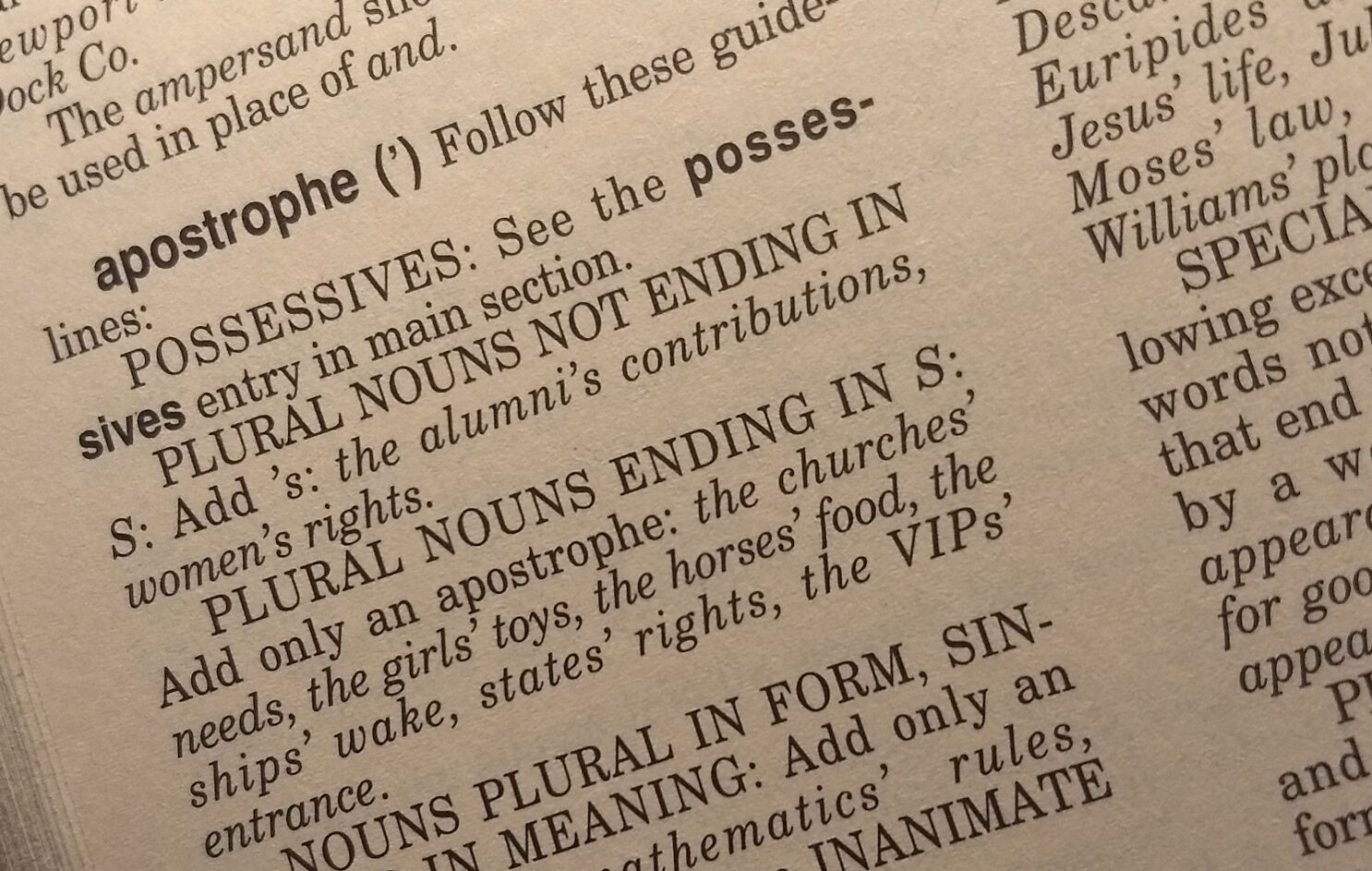

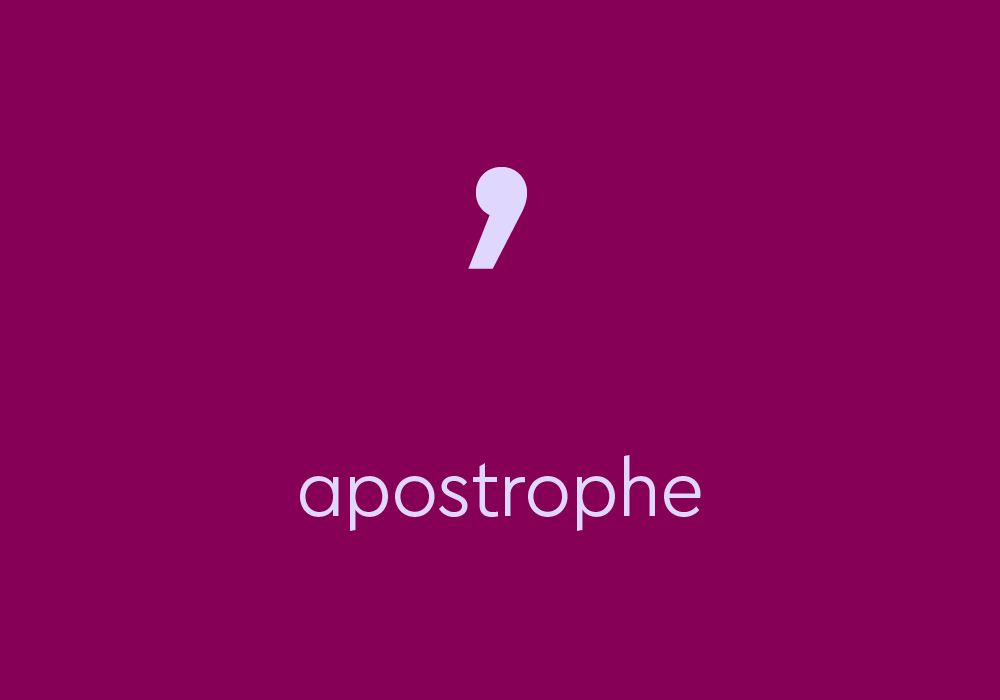

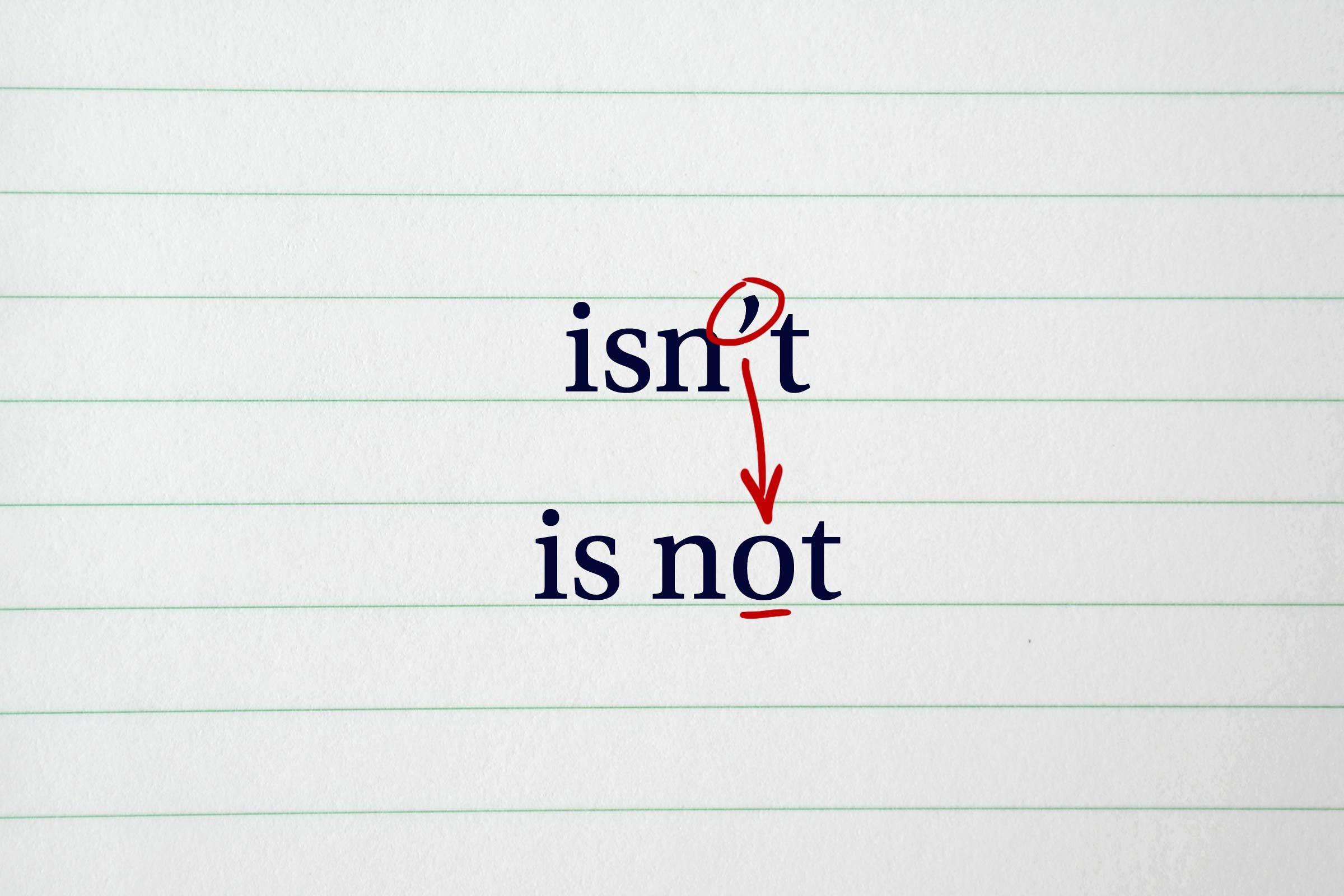







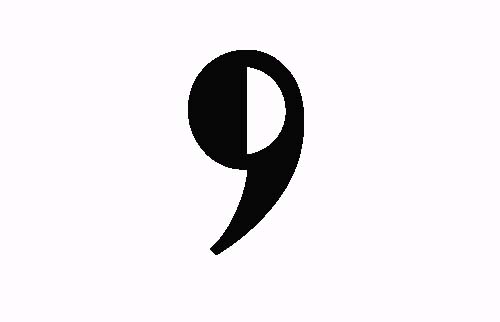
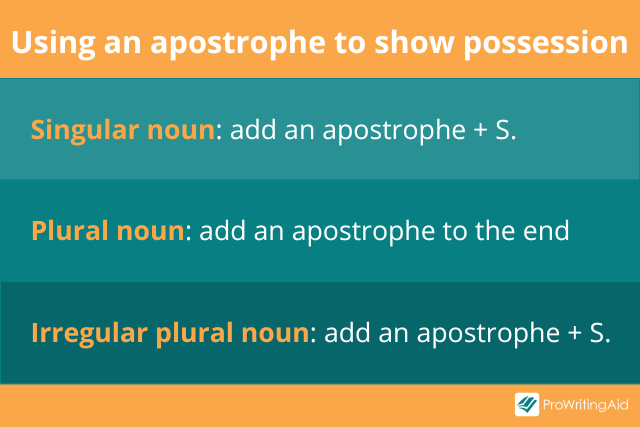


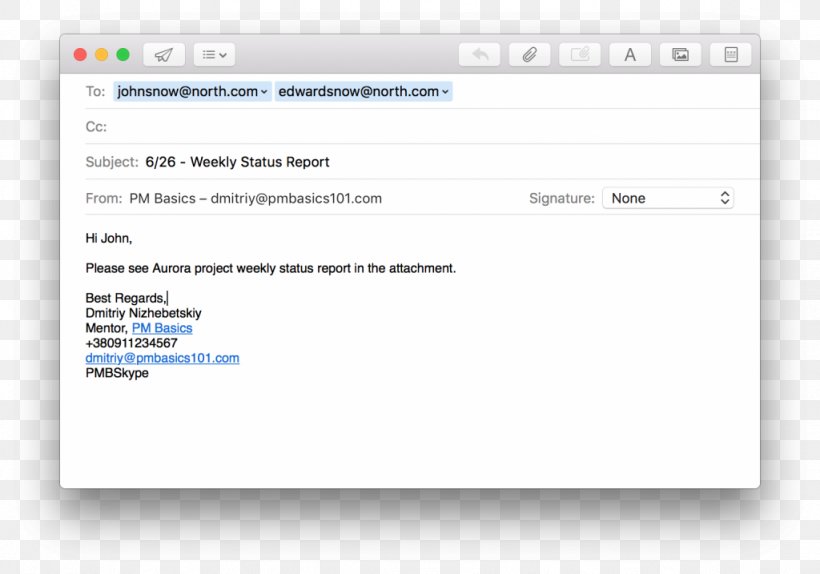






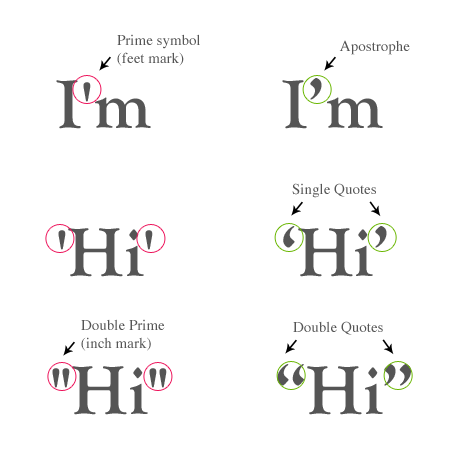
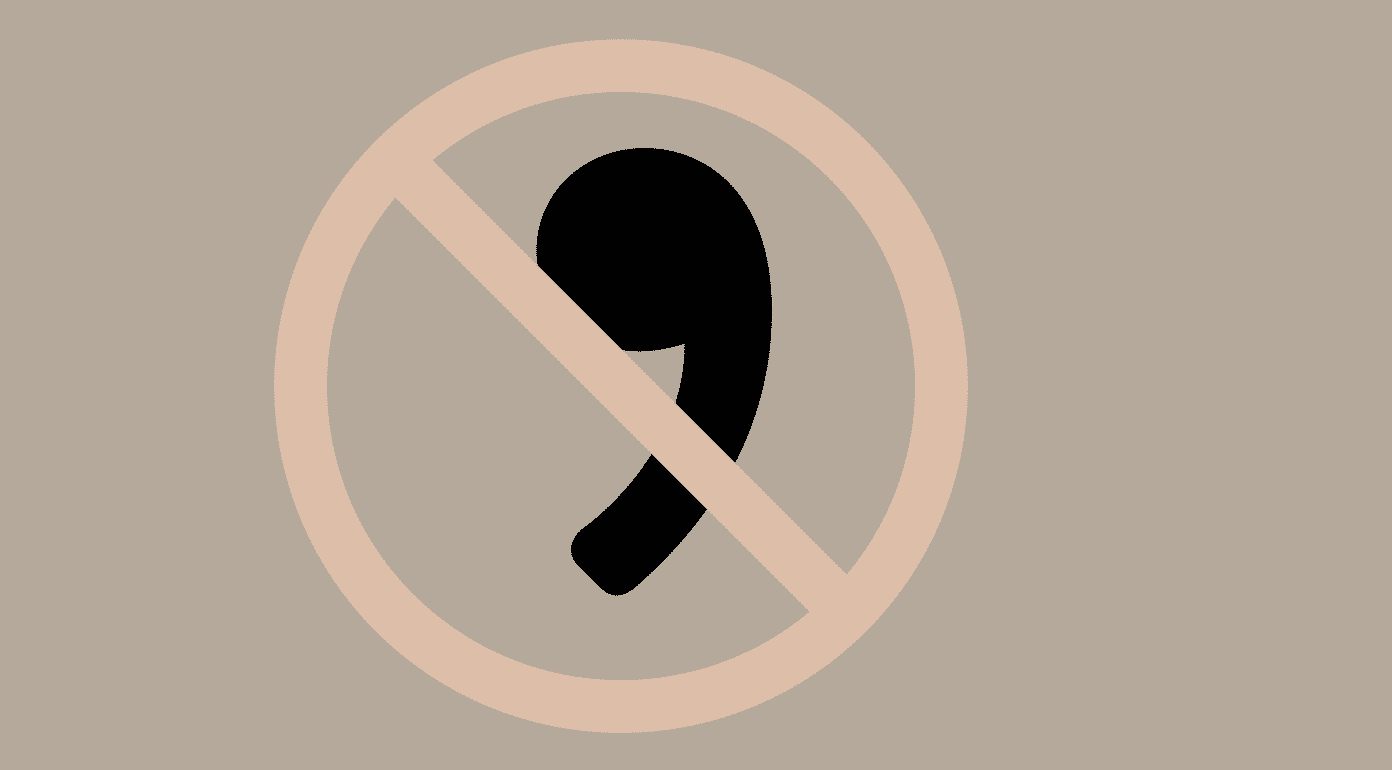

Article link: apostrophe in email address.
Learn more about the topic apostrophe in email address.
- Can I Use an Apostrophe in an Email Address? – ladedu.com
- Can an Email have an apostrophe in it? : r/techsupport – Reddit
- Create a username – Gmail Help – Google Support
- What Are Apostrophes (‘) And How Do You Use Them? – Thesaurus.com
- What is an At Sign (@)? – Definition from WhatIs.com – TechTarget
- Apostrophes in E-mail Addresses: The Definitive Guide
- Can there be an apostrophe in an email address? [duplicate]
- Emails with an apostrophe in the address fail to deliver
- Apostrophe In An Email Address: How To Use It Correctly
- [SOLVED] apostrophe in email address – Office 365
- Can an Email have an apostrophe in it? : r/techsupport – Reddit
- Can Email Addresses Have Special Characters? – Mutant Mail
- Is an apostrophe (‘) in an email address really valid?
- Formit email validation fails if email address includes an …
See more: nhanvietluanvan.com/luat-hoc